I came across one such scheme the other day while researching a little known plan to create a nationwide network of CO2 pipelines and storage caverns. Sounds kinda nutty, doesn't it? Let's invent one more kind of linear infrastructure connected to a centralized hub. This time they want to capture all the CO2 emitted by the necessary fossil fuel power plants and other industries of the future, and even capture escaped CO2 from the air, and pump it underground in vast storage caverns. What could go wrong? I'm reminded of the ending scene from Stephen King's 11/22/63, where a devastated landscape rumbles continuously from constant earthquakes. Pumping things underground is not a sustainable future for our planet.
But there's another, more immediate, problem with this idea... centralized energy installations and linear infrastructure are two of the most hotly opposed forms of "progress." Always have been, always will be. While the abstract idea of "clean energy" sounds good and we have been greenwashed to love it for decades, nobody wants to have it in their own back yard. Nobody. In addition, the brainwashed public stops loving "clean energy" when it affects their wallet. A "clean energy" future where we cover an area the size of Alaska, Iowa, Kansas, Missouri, Nebraska, Oklahoma and West Virginia, combined, with new industrial wind and solar installations would be hugely expensive and simply has no relationship with reality. This huge and forsaken land mass full of centralized energy infrastructure would require new electric transmission lines that will expand the existing system 5.3 times.
This will NEVER happen.
It is cost prohibitive. It could increase your monthly electric bill 4 fold, to rival your monthly mortgage payment. How many families could easily pay a second mortgage in today's economic climate? Add to that the scheme to switch as much fossil fuel use as possible to electricity. If you no longer used gas for your car and natural gas to heat your home, how much would your monthly electric usage increase? As the government forces us into incrementally more electric usage, its grand scheme is to increase the cost of electricity. This will not be sustainable over the long term. We simply can't afford it!
Opposition to new infrastructure will be massive and intense. If there's one thing I've learned over the past 12 years working with grassroots opposition groups, it's that nobody wants new infrastructure in their own backyard. Politics doesn't matter when a person's home is threatened. In fact, rich, liberal communities may fight hardest of all. When you've lost your base, collapse is inevitable. Grassroots opposition groups bring together everyone in a community to fight for a common goal. Tired old tactics such as propaganda, front groups, and pitting neighbor against neighbor no longer work. Opposition has become much too sophisticated to fall for those tricks.
The footprint of wind and solar in RE+ [scheme] are extensive and will require broad-based and sustained support from communities across much of the nation.
Can we take a minute here to think about the transmission industry's resistance to undergrounding new transmission? It's a common request from every community threatened with new overhead transmission that is met with lies and excuses from the transmission developer. The developer over inflates the cost and impracticality of underground transmission. Yes, it can be done, often at the same cost of a new overhead line, when time, equipment and land acquisition costs are figured into the equation. Transmission developers spend buckets of money (often times YOUR money reimbursed to them via your electric bill) on antiquated structures that would be easily recognized by Thomas Edison, huge costs to acquire easements, and lavish expenditures on propaganda to ineffectively convince the affected community to accept the project. In many instances, the project ultimately fails, or is delayed so long it's no longer cost effective. Why not put that money into an underground project on existing rights of way? It requires less time and equipment and little in the way of lobbying and propaganda. But the schemers still scheme about overhead electric transmission and think they can come up with smarter ways to force it on affected communities.
Build societal commitment.
Creation of the coalitions of public support and political will needed to achieve 2020’s targets.
Major stakeholder engagement campaigns to build:o Major consumer awareness campaigns and incentives to drive low-carbon energy investment decisions
- Broad societal awareness of local, state and national benefits of net-zero energy pathways; and
- Acceptance, management, and mitigation of impacts on landscapes and communities associated with the transition.
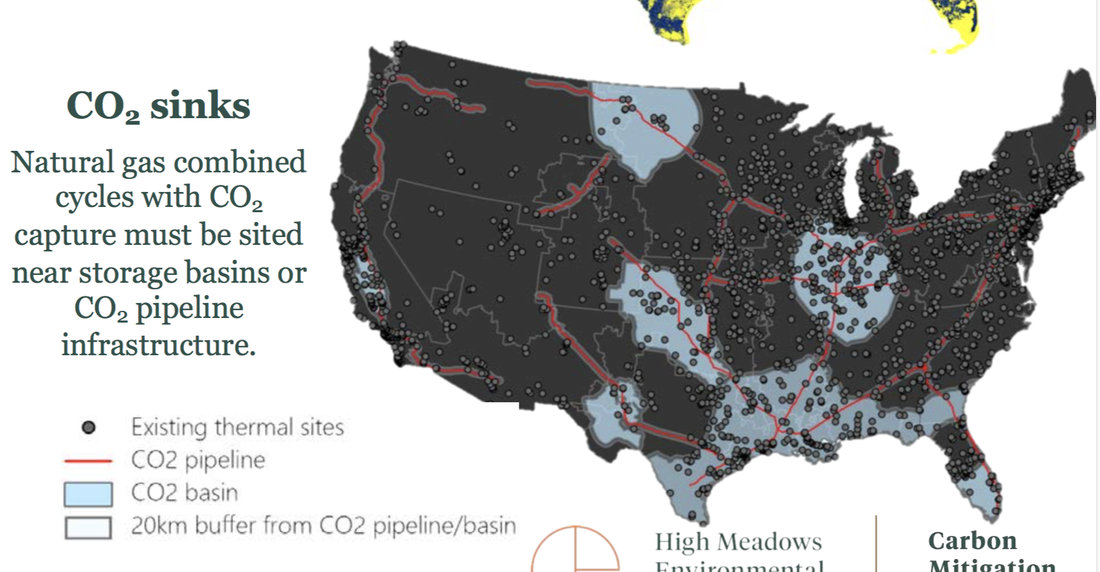

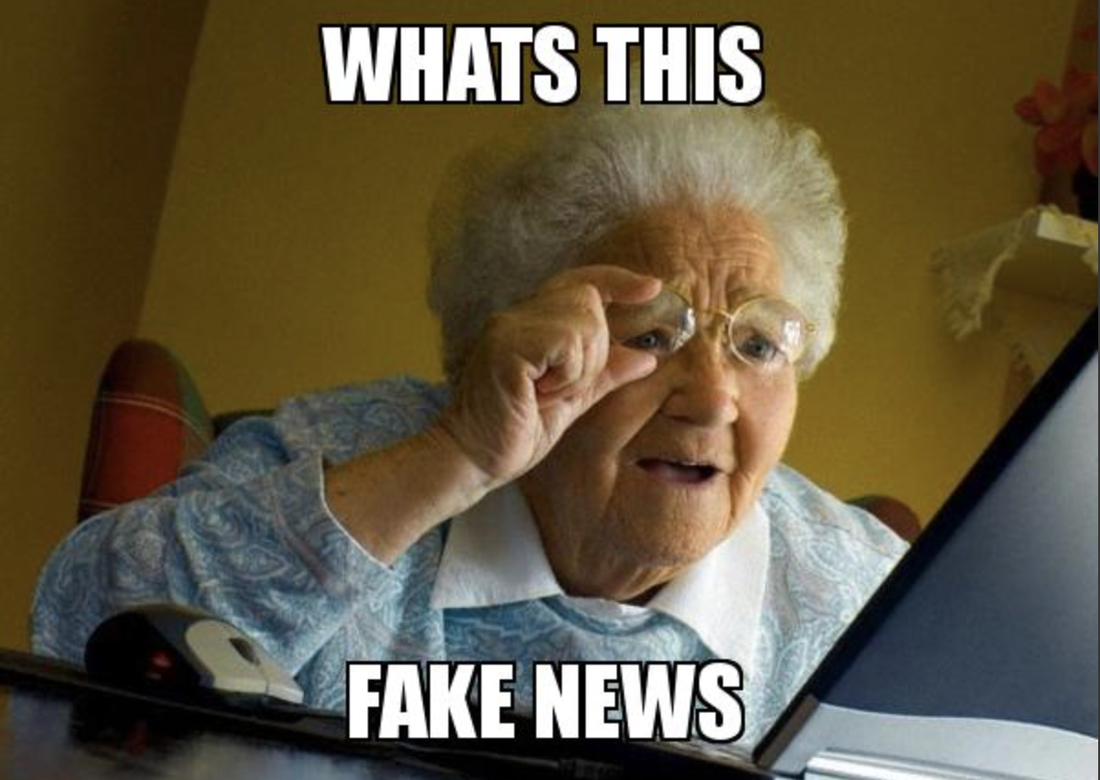
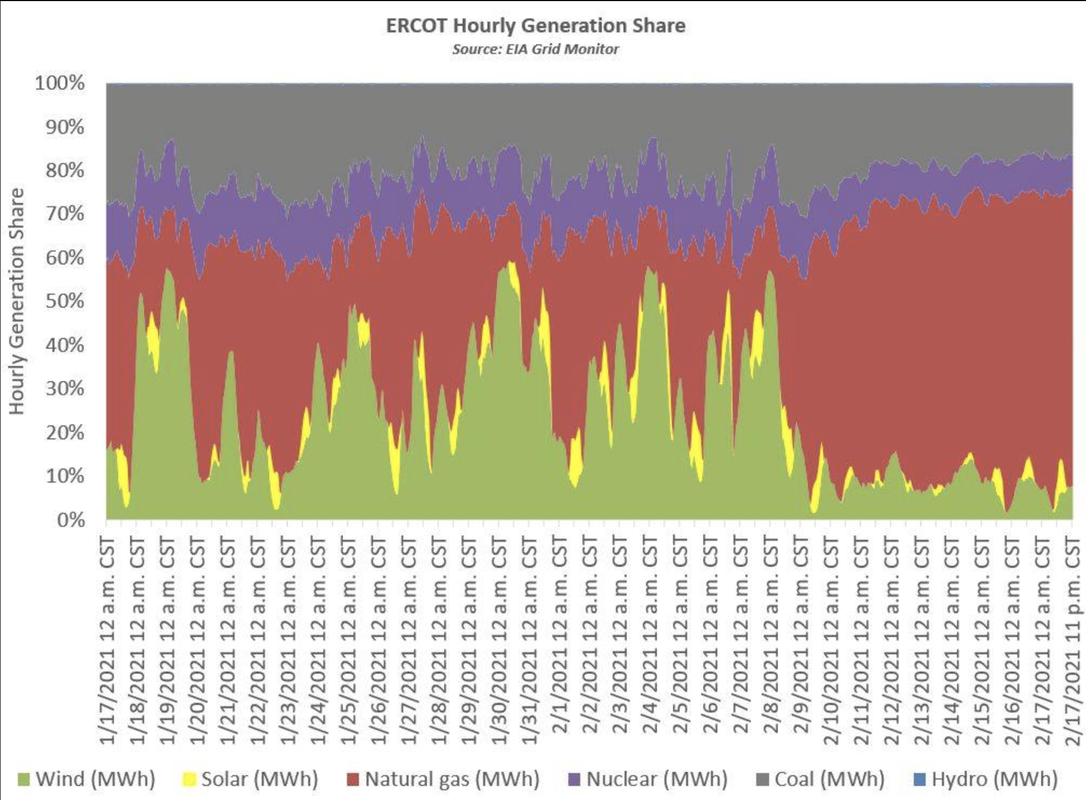
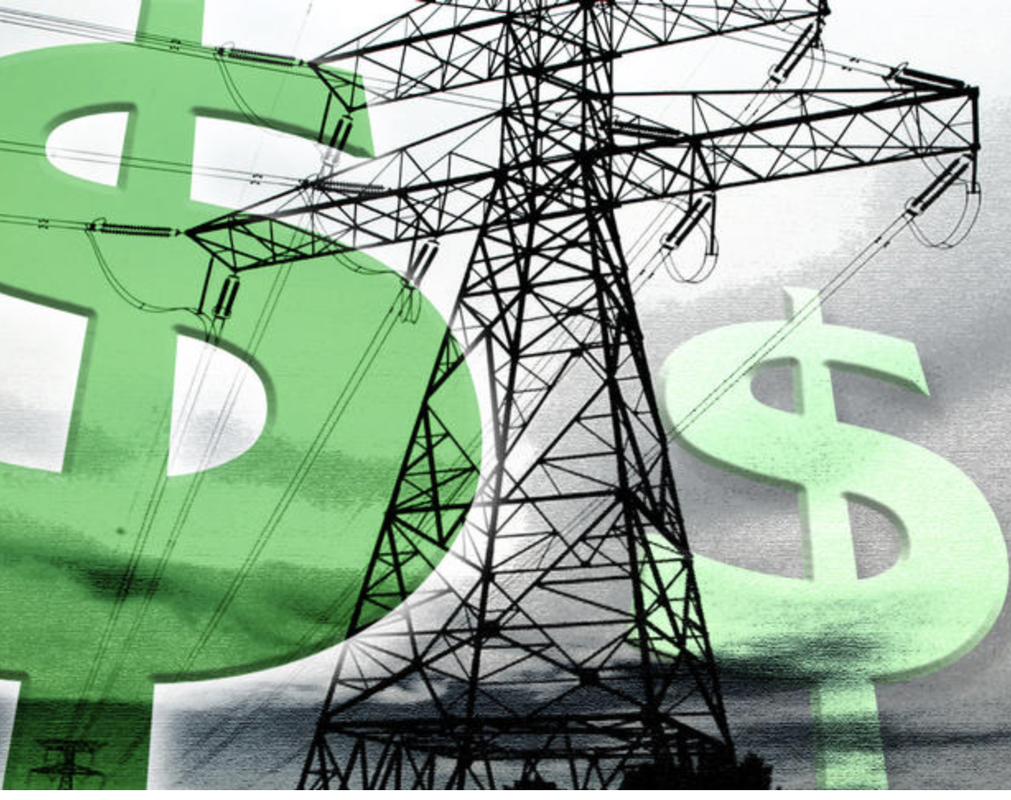
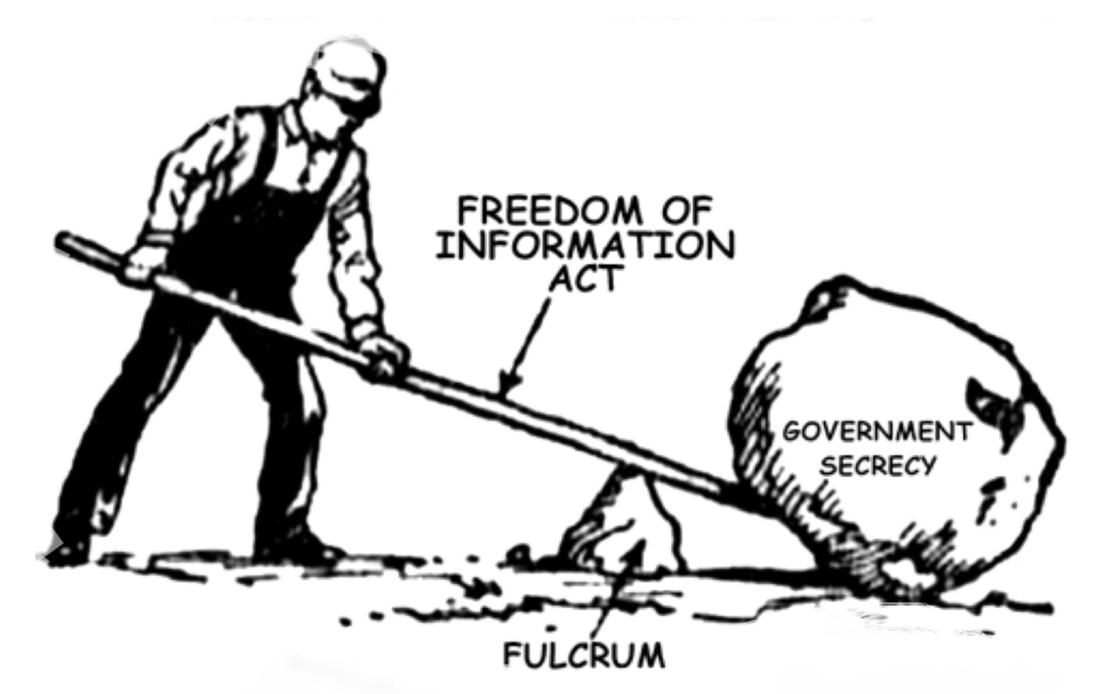

 RSS Feed
RSS Feed